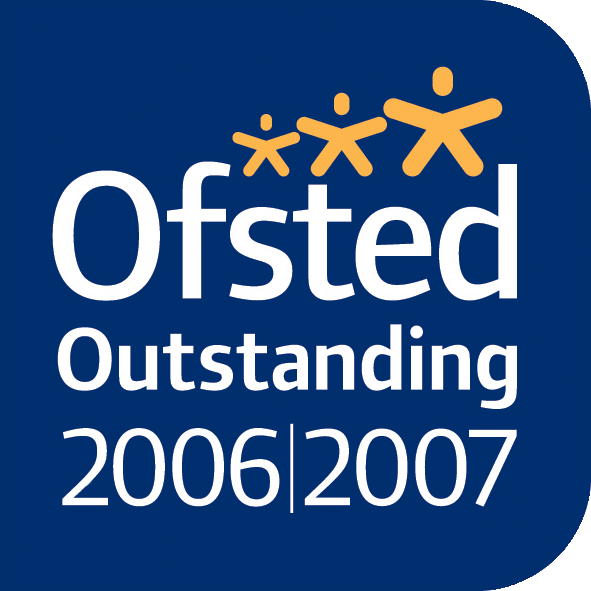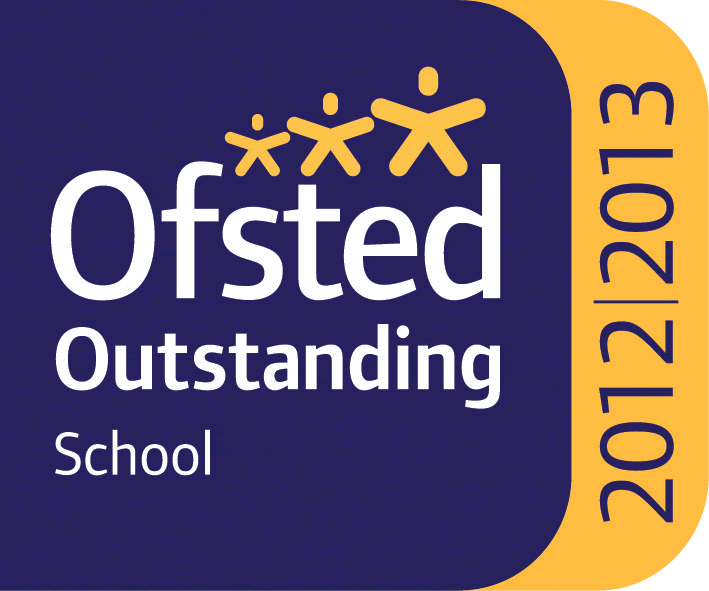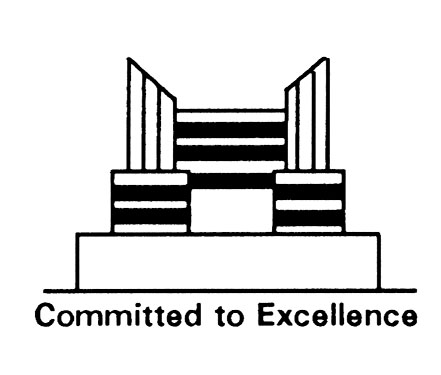Key Stage 3 - Mathematics
Aims
The aim of Key Stage 3 mathematics is to ensure that all pupils:
- Become fluent in the fundamentals of mathematics, including through varied and frequent practice with increasingly complex problems over time, so that pupils develop conceptual understanding and the ability to recall and apply knowledge rapidly and accurately.
- Reason mathematically by following a line of enquiry, conjecturing relationships and generalisations, and developing an argument, justification or proof using mathematical language
- Can solve problems by applying their mathematics to a variety of routine and non-routine problems with increasing sophistication, including breaking down problems into a series of simpler steps and persevering in seeking solutions
Through the areas of Number, Algebra, Ratio & Proportion, Geometry & Measures, Probability and Statistics, pupils are taught to:
Develop fluency
- Consolidate their numerical and mathematical capability from key stage 2 and extend their understanding of the number system and place value to include decimals, fractions, powers and roots
- Select and use appropriate calculation strategies to solve increasingly complex problems
- Use algebra to generalise the structure of arithmetic, including to formulate mathematical relationships
- Substitute values in expressions, rearrange and simplify expressions, and solve equations
- Move freely between different numerical, algebraic, graphical and diagrammatic representations [for example, equivalent fractions, fractions and decimals, and equations and graphs]
- Develop algebraic and graphical fluency, including understanding linear and simple quadratic functions
- Use language and properties precisely to analyse numbers, algebraic expressions, 2-D and 3-D shapes, probability and statistics.
Reason mathematically
- Extend their understanding of the number system; make connections between number relationships, and their algebraic and graphical representations
- Extend and formalise their knowledge of ratio and proportion in working with measures and geometry, and in formulating proportional relations algebraically
- Identify variables and express relations between variables algebraically and graphically
- Make and test conjectures about patterns and relationships; look for proofs or counter-examples
- Begin to reason deductively in geometry, number and algebra, including using geometrical constructions
- Interpret when the structure of a numerical problem requires additive, multiplicative or proportional reasoning
- Explore what can and cannot be inferred in statistical and probabilistic settings, and begin to express their arguments formally.
Solve problems
- Develop their mathematical knowledge, in part through solving problems and evaluating the outcomes, including multi-step problems
- Develop their use of formal mathematical knowledge to interpret and solve problems, including in financial mathematics
- Begin to model situations mathematically and express the results using a range of formal mathematical representations
- Select appropriate concepts, methods and techniques to apply to unfamiliar and non-routine problems.
Helpful websites




